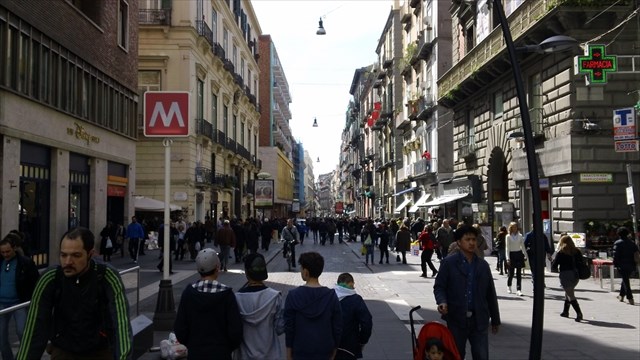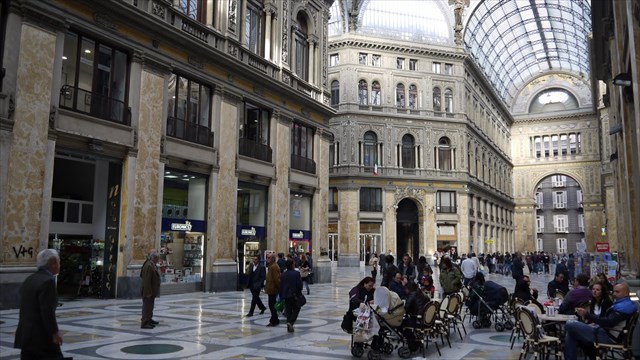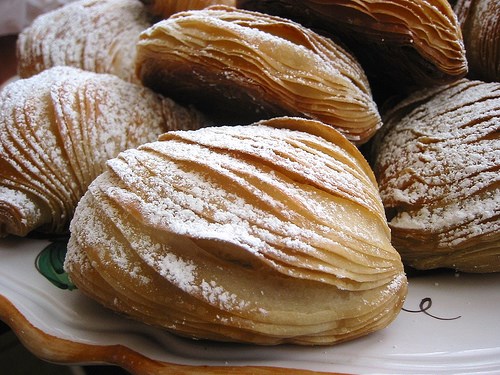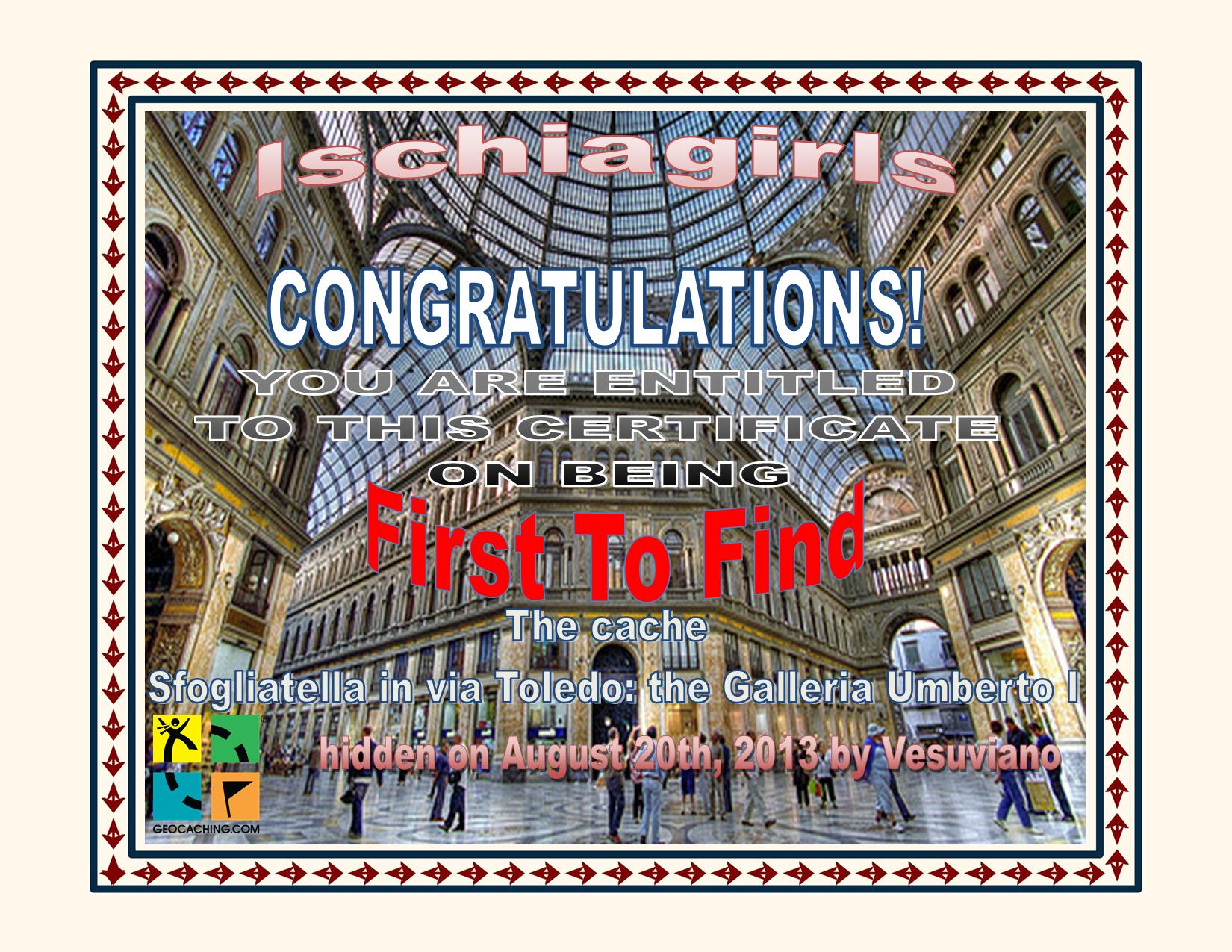Beware of muggles: you need to search it without being seen, maybe you need to wait for a while because stealth is required!
The man selling ice creams in front of you is aware of the game!
Take care to put the cache back exactly in same place!
Via Toledo is an ancient street of Naples, almost 1,2 km long: it starts at Piazza Dante and ends near Piazza del Plebiscito.

The street was created by Spanish viceroy Pedro Álvarez de Toledo, 2nd Marquis of Villafranca in 1536; Don Pedro charge Ferdinando Manlio, an Italian architect, who also built Quartieri Spagnoli. Among, the buildings fronting the street are the Galleria Umberto I, the Teatro Augusteo, and the church of Santa Maria delle Grazie.
After the unification of Italy, in 1870 the road was named via Roma, but in 1980 the original name was restored.
Via Toledo is a place of "walking" par excellence and one of the stages of the Neapolitan shopping and cultural life since the sixteenth century; since 18th century the Neapolitans combine the walk with the taste of one of the most famous Neapolitan specialties: the Sfogliatella.
Galleria Umberto I is a public shopping gallery in Naples; it is located directly across from the San Carlo opera house, there are four entrances, and one is from via Toledo.

The Galleria is a high and spacious cross-shaped affair surmounted by a glass dome braced by 16 metal ribs. Of the four glass-vaulted wings, one fronts on via Toledo (via Roma), still the main downtown thoroughfare, and another opens onto the San Carlo Theater. It was built between 1887–1891, and was the cornerstone in the decades-long rebuilding of Naples — called the risanamento(lit. "making healthy again") — that lasted until World War I. It was designed by Emanuele Rocco, who employed modern architectural elements reminiscent of the Galleria Vittorio Emanuele II in Milan. The Galleria was named for Umberto I, King of Italy at the time of construction. It was meant to combine businesses, shops, cafes and social life — public space — with private space in the apartments on the third floor. It has returned to being an active center of Neapolitan civic life after years of decay.
The Sfogliatella is a shell-shaped filled pastry.

"Sfogliatella" means "many leaves/layers," as the pastry's texture resembles stacked leaves. Main dough ingredients are salt, shortening, and flour. The sfogliatella was created in the monastery of Santa Rosa in Conca dei Marini in the province of Salerno, Italy, in the 18th century. The dough is stretched out on a large table, brushed with a fat (butter, lard, shortening or a mixture), then rolled into a log (much like a Swiss roll, but with many more layers). Disks are cut from the end, shaped to form pockets, and filled. The pastries are baked until the layers separate, forming the sfogliatella's characteristic ridges. Recipes for the dough and filling vary. Fillings include orange-flavored ricotta, almond paste, and candied peel of citron.
Link to recipe to prepare a Sfogliatella: <link>
Bring your own pencil!
